Rothschild-commissioned Flint House revealed to be winner on Channel 4
Skene Catling De La Pena’s Flint House has won the 2015 RIBA House of the Year award.
The family home in Buckinghamshire beat six other shortlisted buildings to take the title in a special edition of Grand Designs last night.
The programme also announced WT Architecture’s Mill in the Scottish Borders as the last of the finalists for the prize previously known as the Manser Medal. The finalists have been revealed during the course of the four-part series.
The other shortlisted architects include Jamie Fobert, vPPR and Piercy & Company.
The judges, who include Jonathan Manser, Mary Duggan and last year’s winner Chris Loyn, described Flint House as a “marvel of geological evolution and construction” and “a celebration of location, material and architectural design at its best”.
It is set in the flint-layered fields of the Rothschilds’ 2,400ha National Trust estate at Waddesdon Manor in Buckinghamshire, where it will be used by family and visiting artists.
The judges said: “Whilst defined by its flint construction, the project is home to an intriguing and intelligent mixed application of rooftops, terraces and recesses that combine to deliver a stunning piece of liveable, provoking, modern architecture that marries into the earthly yet beautiful countryside.”
RIBA president Jane Duncan said: “The shortlist for the RIBA’s House of the Year represents a remarkable diversity of architectural skills and outcomes. I am delighted that Skene Catling De La Pena’s Flint House for Lord Rothschild has won this year’s prize.
“Although superbly original and unique, it continues a fine tradition of RIBA award-winning houses that provide exemplars for others: architects, clients and developers. Congratulations to all involved.”
Shortlist for 2015 RIBA House of the Year award
1. Flint House, Buckinghamshire by Skene Catling De La Pena
2. Kew House, London by Piercy&Company
3. Levring House, London by Jamie Fobert Architects
4. Maghera, County Down by Mcgonigle McGrath
5. (The) Mill, Scottish Borders by WT Architecture
6. Sussex House, West Sussex by Wilkinson King Architects
7. Vaulted House, London by vPPR Architects
Judges’ citation for Flint House
The house sits within the grounds of a wider estate and forms accommodation for visitors who include family members as well as artists. The building is split into two parts: the main house plus an annexe. The building is constructed of masonry with flint cladding. The project is a rare example of a poetic narrative whose realisation remains true to the original concept. The site is on a seam of flint geology and is surrounded by ploughed fields where the flint sits on the surface. The building is conceived as a piece of that geology thrusting up through the flat landscape. The innovation and beauty of the scheme is particularly evident in the detail of the cladding that starts at the base as knapped flint and slowly changes in construction and texture until it becomes chalk blocks at the highest point. This gives both a feeling of varying geological strata with the building dissolving as it reaches to the sky. The architects worked with a number of specialist and skilled craftsmen to achieve the end result. The development is part of a wider artistic project that has involved engagement with artists, photographers and musicians.
Internally the spaces carefully frame the landscape and provide a rich sequence of spaces including a small rivulet of water that snakes under part of the main house. Given the nature of the client and the brief, one might suggest that the project was able to push boundaries that many architects and clients would not be able to. But conversely, patronage has often been crucial in allowing the development of the arts and architecture. The building is an example of an innovative piece of architecture that suggests a typology for the one-off house that is not an object in the landscape but is of the landscape; yet is not so deferential to nature, that it isn’t challenging, dramatic, and most of all poetic. Flint House stood out as a significant project from the initial submissions. The photographs of the building had a painterly, almost ethereal quality. Expectations were therefore high when the judges visited the building but remarkably that poetic quality was evident in the flesh. Of all the projects visited it had the strongest narrative, passionately explained by the architect, and evident in the end result. This is a beautiful addition to a beautiful landscape.




















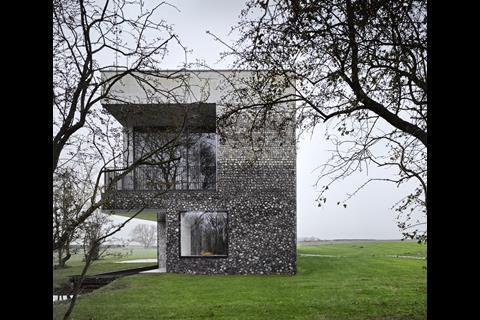
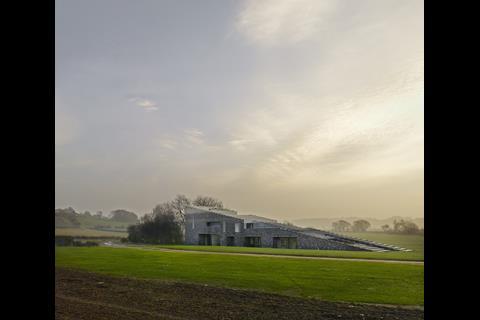

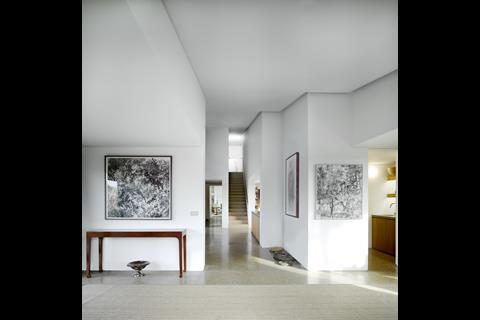
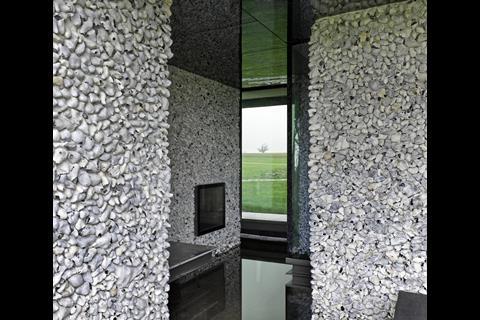


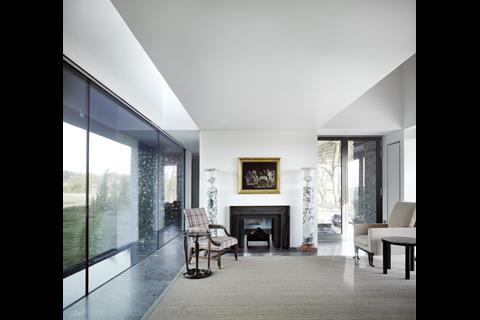
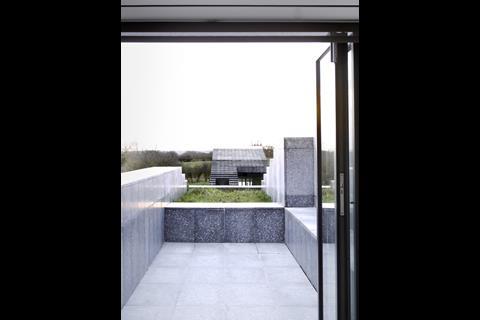







No comments yet